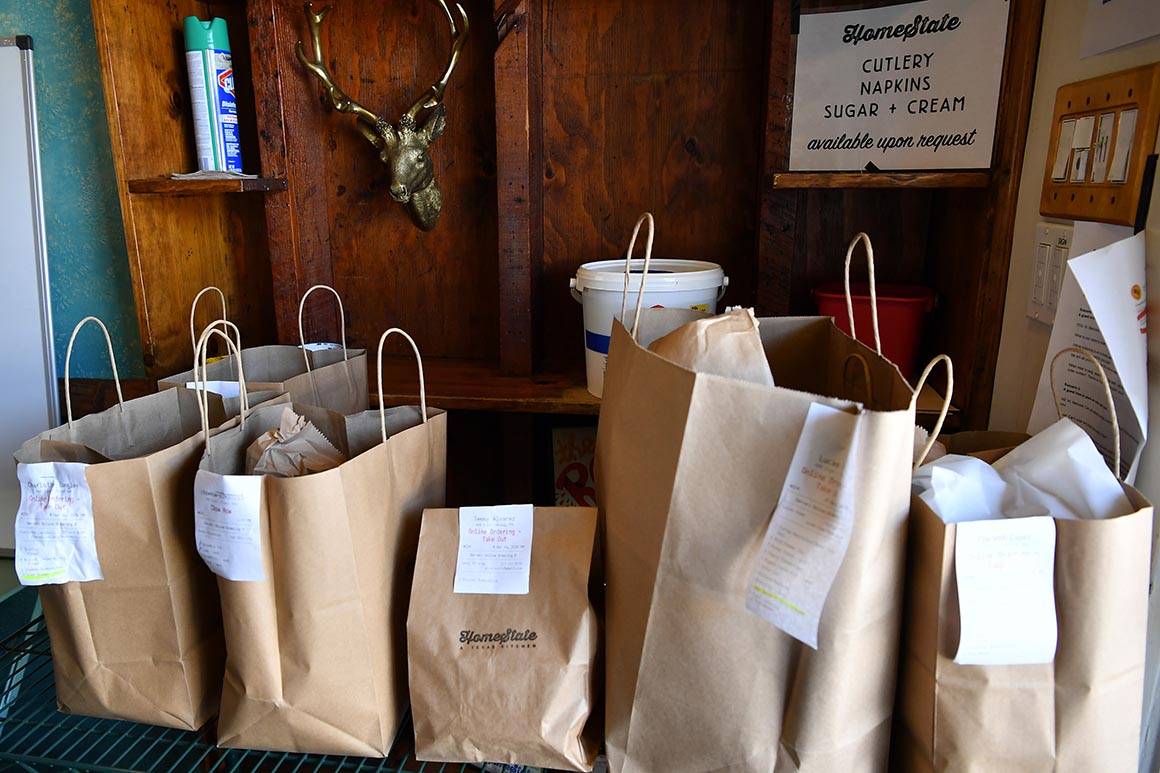
Restaurants represent less than 9 percent of Paycheck Protection loan recipients, but as of March accounted for the majority of layoffs nationwide as the contagion took hold.
“If the intention was to get people back to work, they’re not doing it,” said Tom Colicchio, the renowned restaurateur and “Top Chef” judge, who has been an advocate for small restaurants during the pandemic. “They’re not going to come back to work because unemployment is too attractive.”
Unemployment benefits vary by state, but in 2019, before the coronavirus crisis, the average weekly benefit nationwide was $370. A $600 sweetener that the stimulus bill added, on a temporary basis, to weekly unemployment checks raises the average weekly benefit to $970, an amount that approximates average weekly pay nationwide and is nearly double average weekly pay within the food industry: about $500 nationwide for full-time workers.
Dental assistants, security guards and travel agents similarly stand to earn more money on unemployment than they can by working.
That doesn’t make the Paycheck Protection Program a flop; indeed, the program is so popular that all available funds dried up last week. Lawmakers are now nearing a deal to add $450 billion to the $342 billion that the Small Business Administration has lent.
Most of that money, however, has gone to support jobs in industries kept open during the crisis, including construction, manufacturing, professional and technical services and health care, which received $169 billion. By comparison, only $30.5 billion went to hotels and restaurants. Local stay-at-home orders could keep these businesses shut down several weeks more, and sales are projected to rise slowly under any phased economic restart because customers may well avoid public places for months.
The National Restaurant Association, in addition to requesting more funds — partly, it said, to help owners rehire and retrain workers — asked Congress to permit businesses to defer the start date of PPP loans until after local stay-at-home orders are lifted, and to allow more than 25 percent of the loans to be spent on fixed costs like rent and utilities.
The International Foodservice Distributors Association will propose similar measures Tuesday, asking Congress to allow PPP borrowers to spend only 50 percent of their loans on payroll and to increase tax credits for employee retention.
One recipient of a Paycheck Protection loan is Christian Ochsendorf, who owns several Dunn Brothers Coffee shops in the Minneapolis area. Ochsendorf says he’s been able to persuade only 40 percent of his furloughed workers to return. In Minnesota, the $600 sweetener raises the average weekly unemployment benefit above $1,000 a week. In 2019, the average weekly wage for full-time food service workers was $548.
“They’re getting paid more on unemployment than they would if they were actually working,” Ochsendorf said.
It’s the same story in Ohio, where workers can now receive $963 a week on unemployment, or slightly more than the average weekly wage. Full-time restaurant workers in the state earn, on average, less than $500.
“Heck, if they’re making more money sitting at home … I’m fearful that some may not want to come back,” said Adam Rammel, the co-owner of Brewfontaine, a bar and restaurant in Bellefontaine, Ohio.
Paycheck Protection loans cover payroll expenses for eight weeks, a time frame that many small business owners judge too short as the scope of the pandemic widens. Some owners are reluctant to accept the money at all, uncertain how they will repay the loan if their workers won’t consent to come back within the prescribed window. Unemployment benefits, meanwhile, have been extended 13 additional weeks. Even the $600 sweetener, guaranteed until July 31, will last weeks longer than a paycheck protection loan.
Source: politico.com
See more here: news365.stream






